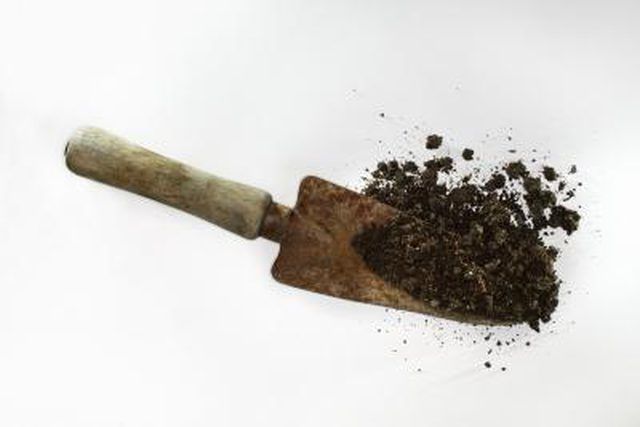Bulbs
Flower Basics
Flower Beds & Specialty Gardens
Flower Garden
Garden Furniture
Garden Gnomes
Garden Seeds
Garden Sheds
Garden Statues
Garden Tools & Supplies
Gardening Basics
Green & Organic
Groundcovers & Vines
Growing Annuals
Growing Basil
Growing Beans
Growing Berries
Growing Blueberries
Growing Cactus
Growing Corn
Growing Cotton
Growing Edibles
Growing Flowers
Growing Garlic
Growing Grapes
Growing Grass
Growing Herbs
Growing Jasmine
Growing Mint
Growing Mushrooms
Orchids
Growing Peanuts
Growing Perennials
Growing Plants
Growing Rosemary
Growing Roses
Growing Strawberries
Growing Sunflowers
Growing Thyme
Growing Tomatoes
Growing Tulips
Growing Vegetables
Herb Basics
Herb Garden
Indoor Growing
Landscaping Basics
Landscaping Patios
Landscaping Plants
Landscaping Shrubs
Landscaping Trees
Landscaping Walks & Pathways
Lawn Basics
Lawn Maintenance
Lawn Mowers
Lawn Ornaments
Lawn Planting
Lawn Tools
Outdoor Growing
Overall Landscape Planning
Pests, Weeds & Problems
Plant Basics
Rock Garden
Rose Garden
Shrubs
Soil
Specialty Gardens
Trees
Vegetable Garden
Yard Maintenance
How to Use a Ferry Morse Soil Test
How to Use a Ferry Morse Soil Test. Soil testers are a necessary tool in helping gardeners establish healthy garden soil. Soil should be tested in the spring and fall and anytime you add any amendments. Soil can be analyzed by a professional organization or through a university extension office. Fortunately, the home gardener can just as easily...

Soil testers are a necessary tool in helping gardeners establish healthy garden soil. Soil should be tested in the spring and fall and anytime you add any amendments. Soil can be analyzed by a professional organization or through a university extension office. Fortunately, the home gardener can just as easily complete a soil analysis. The Ferry Morse soil test is inexpensive and easily completed. This test contains four test tubes and four capsules containing powders that individually test for nitrogren, phosphorus, potassium and pH.
Things You'll Need
Bucket
Shovel
Remove a small amount of soil, about 1/4 cup, with a shovel from four different sections of the garden area you are testing.
Place the soil samples into a bucket and mix slightly with the tip of the shovel.
Add a pinch of soil to each test tube.
Add water to tubes, filling about 3/4 full.
Add test powder from each capsule into each tube.
Let the test tubes sit for 10 minutes so the soil can settle.
Compare the test tube solution color to the scale included with the kit to determine pH, nitrogen, phosphorous and potassium levels in the soil.
Use the results to analyze what amendments to add to the soil.
Tips & Warnings
If the result in test tube is clear, this likely means the soil is very low in that element.